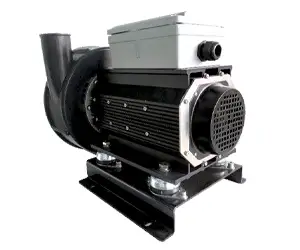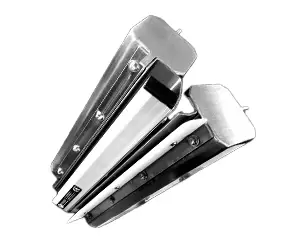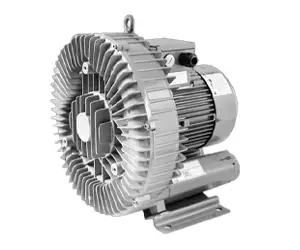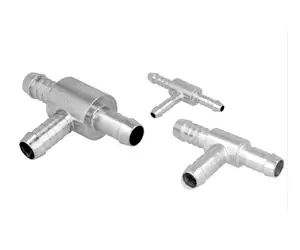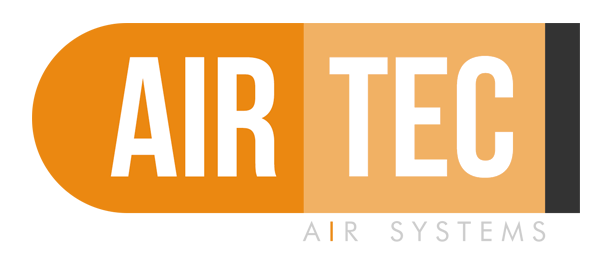The large majority of industrial processes now require strict temperature control. Whether it be raising the temperature of lubricating oil before it is fed through a machine or warming up a pipe to prevent it from freezing; requirements can even include softening certain materials for the purpose of shrink wrapping or even for curing certain food types. Industrial heaters come in many shapes and sizes and have a whole host of different functions.
There are numerous industrial heaters on the market, all of which work by transferring heat in one of three ways: convection, conduction or radiation.
Convective heat occurs in two forms: free convection or forced convection. Both involve the transfer of heat via the motion of fluid, in liquid or gaseous form, that either flows naturally (free convection) or an external force is used to accelerate the flow of liquid (forced convection).
Conductive heat transfer is when a solid is heated via a conductive heat element that causes the microscopic atoms that form the solid to vibrate aggressively and cause the material to get hotter.
Radiant heat transfer occurs using electromagnetic waves, which propagate from any object above absolute zero, as these emit thermal energy due to the random movement of their particles. These emanating heat waves can heat surrounding objects, fluids and gases.
Airtec’s range of process air heaters are specially designed to be used in industrial processes that require a continuous stream of lean, dry, hot air which can be controlled stringently for the entire process.
These process air heaters are very common in many food production processes that require constant temperatures for drying, curing, and even packaging. With the multi functionality of an Airtec product, companies are secure in the knowledge that their entire process can run smoothly without the need for investing in further technologies and machinery.
